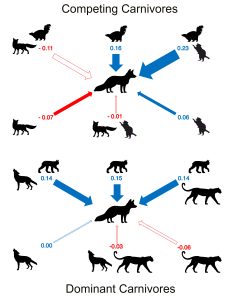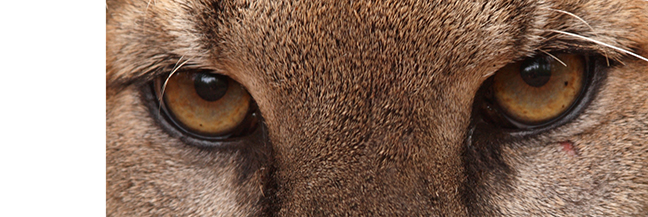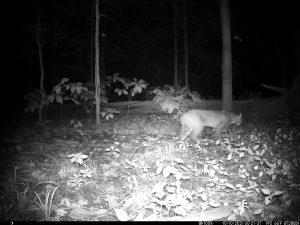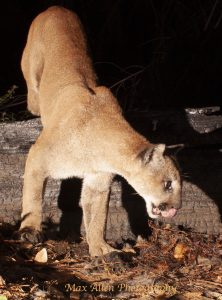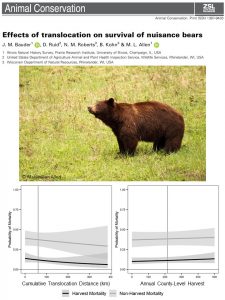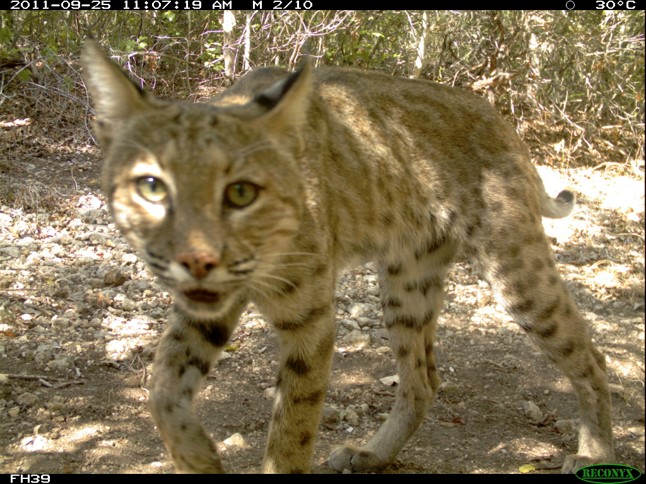Our lab just published a new paper: https://onlinelibrary.wiley.com/doi/10.1111/ddi.13502
We examined factors affecting the distribution and abundance of gray foxes across the lower 48 states, using data from 1,485 camera traps collected by Snapshot USA.
